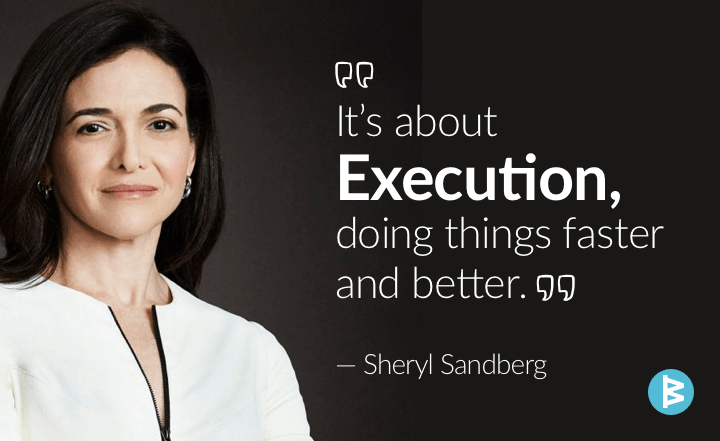
Executive coach and guest velocity guru Beth Armknecht Miller offers tips on identifying the best times to provide coaching and feedback to your employees.
Unlike scheduled 1on1 meetings, coaching others 'in the moment' is not scheduled and occurs when you, as manager, observe an opportunity for an employee to be coached. It is often spontaneous which requires you to be confident in your coaching skills. Coaching others 'in the moment' is not for the neophyte. Not only must you identify the opportunity, but you must insure it is the right time to coach.
Discovering the moment to coach
In 1on1 coaching meetings, you are focused on a specific development plan with your employee. Coaching others 'in the moment' requires you to be a keen observer of what is taking place around you whether it is in meetings, 1on1 conversations, or interactions between others within the workplace. The coaching is more informal and spontaneous and is used to either reinforce a positive behavior or prevent undesirable behaviors.
Positive behaviors fall into two categories:
- Behavior above and beyond expectations
- Behavior that the employee is in the process of changing
Some of the common behaviors and situations needing change can include:
- A high performer having a set back
- Emotions that are not in check
- Highly competitive
- Poor teamwork, not sharing information
- Managing conflict
- Responding to accountability
- Lack of empathy
- Derailing behaviors-overbearing, shy
- Reversing negative energy
- Ineffective communication-not concise, poor listening
Process for Impromptu Coaching
Let’s take a look at the positive behavior situation first because it’s always the easiest and yet the least frequently used.
There are two basic types of positive behavior. The first is when someone has gone above and beyond your expectations. This is time to use the model for specific praise:
- Tell your employee specifically what she did that deserves your praise
- Share with her why it is important to you and/or the team
- Encourage her to continue the same path of performance
The second type of positive behavior is when she demonstrates a new behavior, which you have been coaching her to develop during your 1on1 meetings. Reinforcement of the change is important for long-term consistent change, which starts with your recognition.
The model to use in this case is SPAR- Specific Praise and Reflection, a modified version of the model above. This is where you include asking her to reflect on the change, how it felt and what impact she thinks it has to her and others. This questioning technique will further cement the new behavior, which she is in the process of learning and trying to make a habit.
- Tell your employee specifically what she did that deserves your praise
- Ask questions to have her reflect on what impact it made
- Share with her why it is important to you and/or the team
- Encourage her to continue the same path of performance
Stop before coaching to change specific behaviors
When it comes to coaching behaviors that could be derailers to your employee, you first need to take an environmental temperature. Is the environment safe for your employee to receive feedback?
Ask yourself these questions before an impromptu coaching conversation:
- Are emotions high? If so, wait until they have leveled out for the employee
- Can she focus on the conversation? i.e. is she stressed with other issues on her mind
- How is her energy level? If it is late in the day or she is recovering from a sickness she might not have the mental agility.
- Where are you? Are you in a quiet place with no observers?
A safe coaching environment is where employees feel safe to be coached and will have a high probability of moving their learning into action.
Create value for an employee, so pick your moment and remember your objective when providing feedback.
About the author

Senior Associate, Dynamic Results LLC
Beth Armknecht Miller is a Senior Associate at Dynamic Results LLC, a boutique firm offering strategy implementation, accountability and leadership development solutions. Beth is a trusted executive advisor, Vistage Chair, and committed volunteer. She is passionate about building sustainable leadership within small to midsize organizations, which will engage employees, increase performance, and build enterprise value. Her latest book is "Are You Talent Obsessed?: Unlocking the secrets to a workplace team of raving high-performers."











